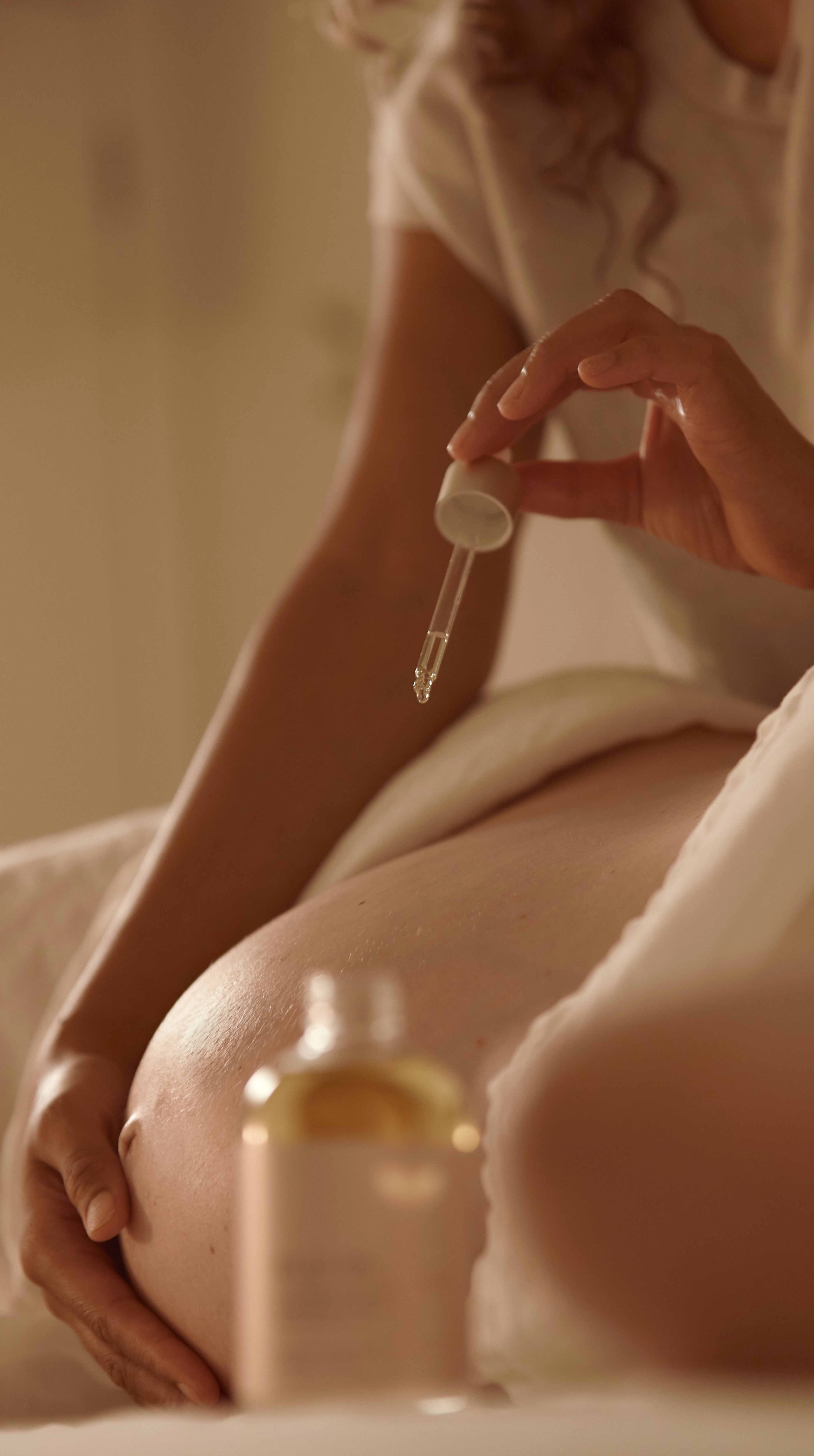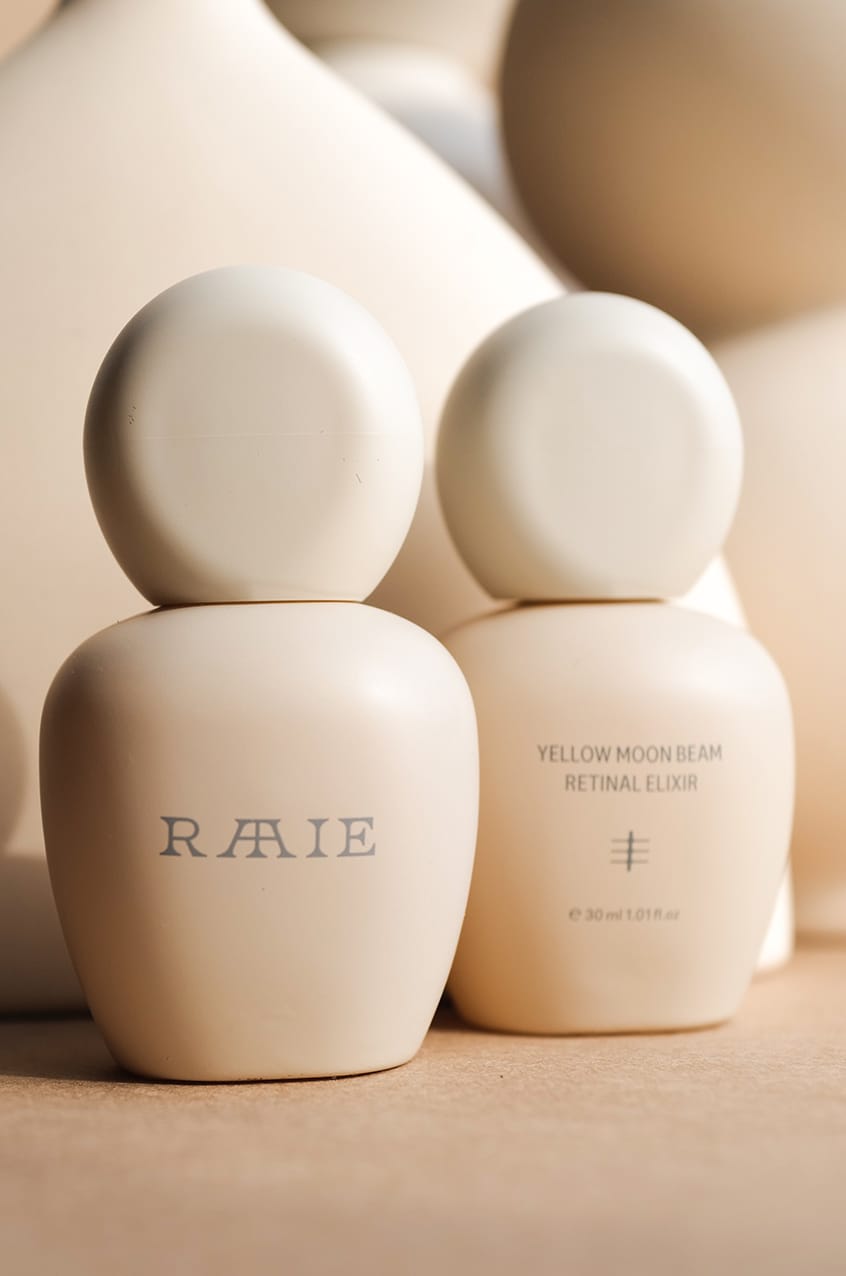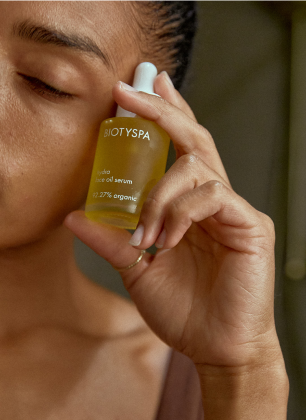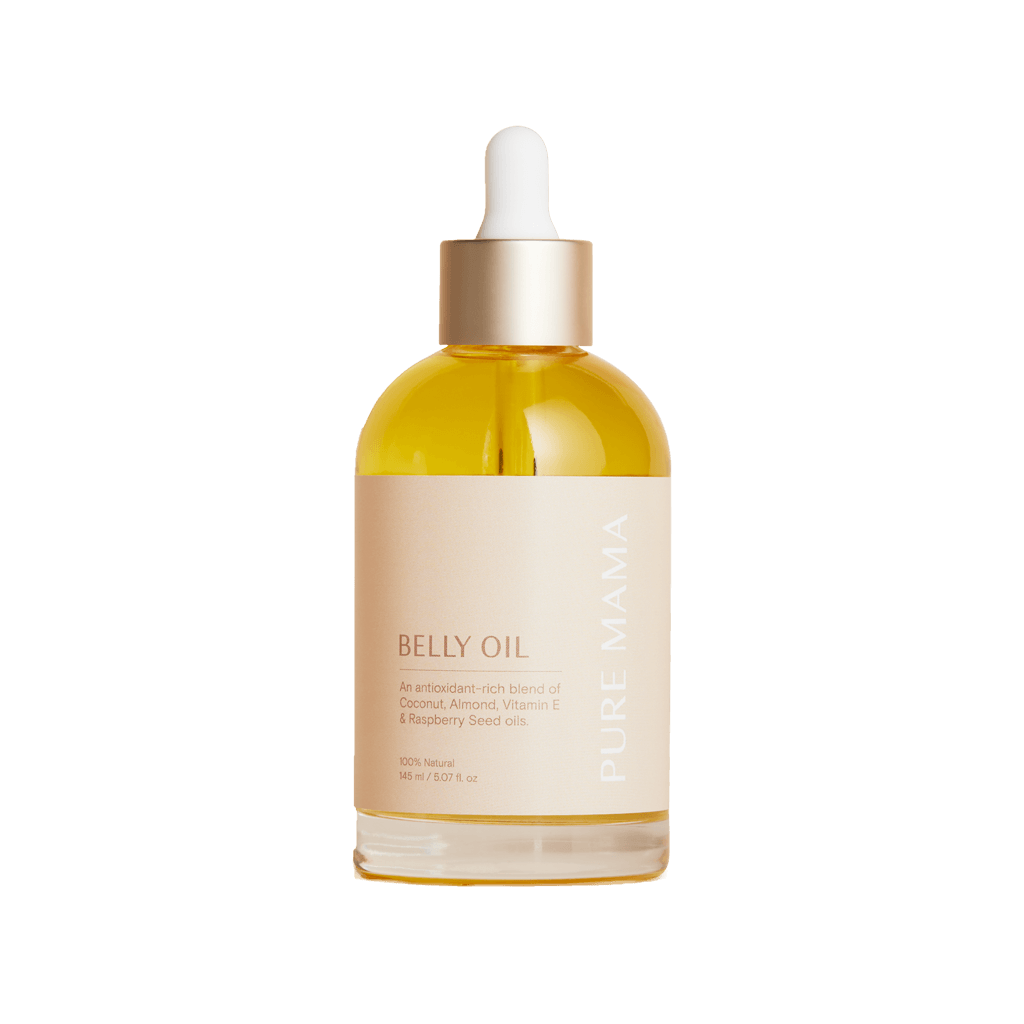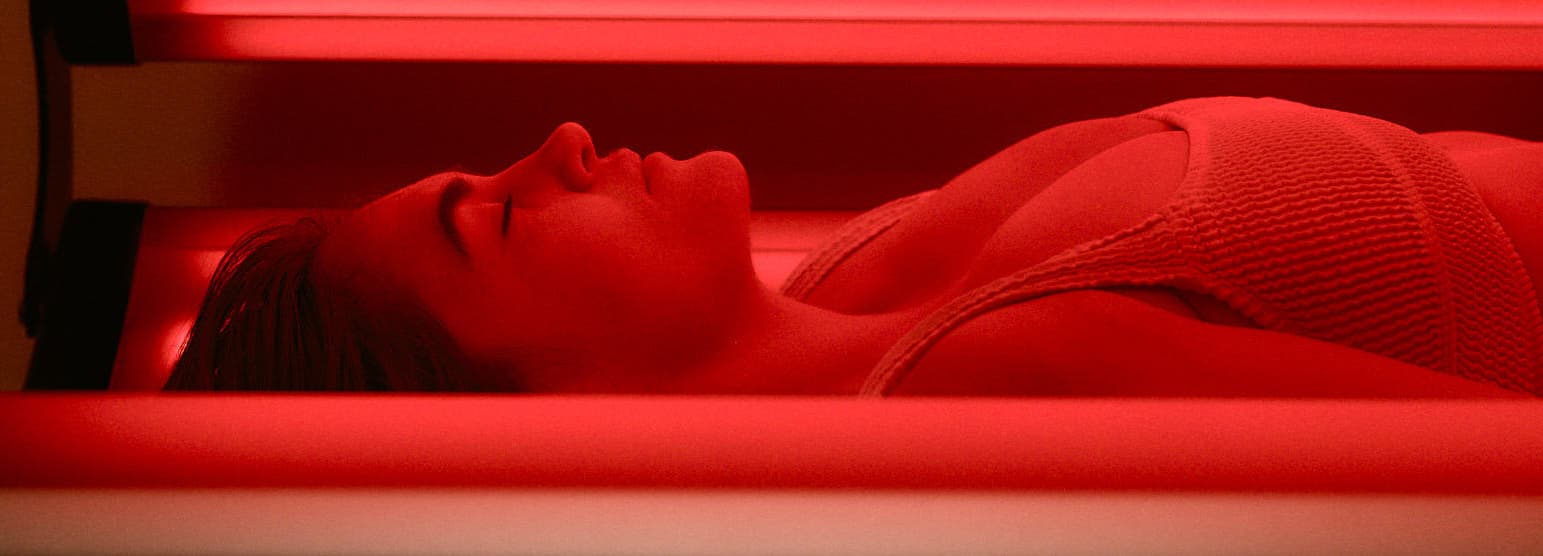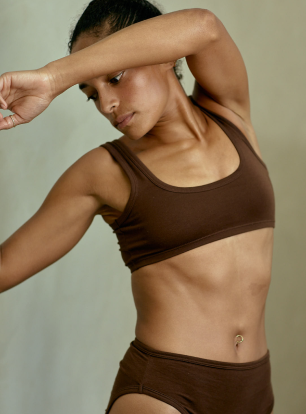At Hana, we are passionate about caring for couples during the different stages of their journey through parenthood - from preconception, to pregnancy, to postpartum and beyond.

Although everyone’s journey is unique and they will ideally engage a naturopath to provide specifically tailored care during these special times, there are accessible lifestyle and dietary shifts that couples can follow to boost their fertility, carry a healthy pregnancy and ease into postpartum.
These shifts include:
- Lowering exposure to toxins
- Reducing inflammation
- Regulating the nervous system
- Boosting the nutrient density of the diet. This will provide micronutrients and antioxidants for healthy hormone balance balance, sperm and egg quality and supporting the growth and expansion of mama and baby’s tissues throughout pregnancy.
Our treatments at Hana are specifically designed to help you undergo these shifts through the following parenthood phases.
Preconception care
Preconception care – or the care that couples require before they conceive - helps to improve fertility and the chances of healthy conception. Preconception care also supports a healthy pregnancy and development of the foetus, reduces the likelihood of pregnancy complications, encourages a natural birth and lowers the risk of postnatal depletion and issues associated with depletion, like postpartum depression, postpartum anxiety and low breast milk supply.
It takes around 100 days for an ovarian follicle (egg) to mature and 74 days for sperm to mature, so beginning preconception care at least 4 months before trying for a baby is a good length of time to boost the quality of eggs and sperm for healthy conception. During this time you can work on balancing hormones, lowering the toxic load, boosting antioxidant status and building up nutrient stores in preparation for pregnancy.
Lowering toxic load in preconception
One of the most important steps during preconception is lowering the toxic load in the body. Toxins can cause oxidative stress and inflammation, which can impact the quality of eggs and sperm. But there is an entire subgroup of toxins called Endocrine Disrupting Chemicals (EDC’s) that mimic our hormones and contribute to hormonal imbalances and fertility issues. There is also evidence that exposure to these EDC’s like BPA can impact foetal growth and development.
The first step in lowering the toxic burden on our bodies is to reduce our exposure to environmental toxins. Toxins are hidden in personal care products, conventional sprayed supermarket produce, tap water, cookware, tinned foods, plastic containers and drink bottles, household cleaners, furniture, and paints. We have an entire blog post dedicated to ways of reducing exposure to toxins and recommend taking the suggested steps. You can read this article here.
The next step is to ensure that the drainage pathways, including the bowel, skin, lymph, liver and kidneys, are open, so that the toxins stored in the body have a clear pathway to elimination.

You can do this by:
- Supporting regular bowel movements to eliminate toxins by eating a fibre rich diet, practising regular movement and ensuring you are adequately hydrated.
- Supporting the kidneys to function optimally with adequate hydration, and regulating your blood sugars by avoiding refined sugar and refined grains.
- Ensuring you are eating enough animal protein to provide amino acids and cofactors (e.g. B vitamins, zinc, choline) for phase I and phase II liver detoxification.
- Eating cruciferous vegetables like broccoli, cauliflower, Brussels sprouts supports phase II liver detoxification.
- Eating bitter foods like rocket and radicchio and using herbs like globe artichoke, dandelion root, schisandra and milk thistle can also support liver and gallbladder function during preconception. It is however important to have the guidance of a naturopath when taking these herbs.
- Practising deep diaphragmatic breathing, movement, rebounding on a trampoline and dry skin brushing support healthy flow of lymph and lymphatic drainage.
The benefits of Infrared saunas during preconception
Saunas are a great tool to use during preconception to help rid the body of toxins like heavy metals including mercury, lead, cadmium and arsenic. These heavy metals are linked to poor egg and sperm quality and infertility. There is also evidence infrared saunas can help sweat out endocrine disrupting chemicals including BPA, phthalates and organophosphate pesticides that contribute to hormonal imbalances, reproductive disorders like endometriosis and uterine fibroids and impact fertility. But it isn’t just the sweating in an infrared sauna that removes toxins from the body. There is the added benefit of the infrared light penetrating into the body and mobilising toxins that have been stored in adipose tissue.
Using saunas during preconception also helps boost circulation, which brings oxygen and nutrient-rich blood to the female and male reproductive organs, potentially improving their function. Sauna users may also experience a reduction in stress and calming effect on the nervous system, which supports ovulation and healthy hormone balance.

Some considerations when you’re using saunas during preconception:
- The heat from saunas can be detrimental to male fertility, by damaging sperm cells and reducing sperm count and motility. This impact on sperm count is reversible however. We suggest that men use infrared saunas, instead of traditional saunas during preconception, due to the lower heat, and only during the first 3 months of preconception, taking a break from saunas a month before trying for a baby.
- Saunas can cause dehydration, which has a negative effect on fertility. Dehydration can thin the lining of the uterus, making implantation of the embryo more difficult. Dehydration also impacts the production of sex hormones, involved in ovulation. So it is crucial to ensure you are adequately hydrated with water and electrolytes throughout your infrared sauna sessions to mitigate the risk of dehydration.
- Our recommendation is that during preconception saunas are limited to 20 minute sessions, 2-3 times per week. We also advise that couples stop having saunas around 4 weeks before trying to conceive and that saunas are avoided during pregnancy. We suggest using binders like activated charcoal, zeolite or bentonite clay during or after sauna sessions to provide extra detoxification support (see the binders blog post for more information and the Hana shop for our selection of binders).
Boosting nutrient levels and antioxidant status during preconception and pregnancy
From conception to 12 weeks gestation, the foetal mass increases over 2.5 million times. Focusing on a nutrient-dense wholefoods diet during preconception and throughout pregnancy supports this incredible growth and the expansion of mum’s tissues throughout pregnancy.
It is also important to include plenty of antioxidant-rich foods to mop up free-radicals that cause oxidative damage, harming eggs and sperm cells; as well as eliminating or reducing the intake of inflammatory, processed and packaged foods.
Some nutrient-dense, antioxidant-rich foods to include in your diet during preconception, pregnancy and postpartum include:
- Eggs - a good source of protein, B vitamins, choline and healthy fats
- Fatty fish, including wild-caught salmon and sardines provide performed (active) vitamin A, vitamin D and omega-3 fatty acids DHA and EPA
- Red meat for protein, vitamin B12, iron and zinc
- Dark green leafy vegetables including rocket, spinach, chard and silverbeet for folate, magnesium, calcium, antioxidants and other nutrients
- Bright colourful fruit and vegetables such as carrots, beetroot, blueberries, raspberries, citrus fruit provide antioxidants
- Meat stock and bone broth. These provide the amino acid glycine which is required for foetal DNA replication and growth of the uterus
Photobiomodulation (PBM) therapy during preconception can improve both female and male fertility.
The benefits of Photobiomodulation during preconception
As women age, their egg quality declines, partly due to damage to the mitochondria (cellular energy producing organelles) in their egg cells. The red and near infrared light emitted by the PBM light pod stimulates the mitochondria, leading to an increase in ATP or cellular energy production and an improvement in egg quality. These wavelengths of light also help to improve circulation, which brings oxygen and nutrient-rich blood to the reproductive organs. Regular treatments help to lower inflammation levels in the body, which may be helpful for women with endometriosis, PCOS or other chronic inflammatory conditions impacting their fertility.
PBM is also beneficial for supporting male fertility. Waning levels of testosterone in men aged 30 and over are associated with lower libido and lower sperm count. There is evidence that regular PBM treatments help to increase testosterone levels and improve sperm motility and fertility.
We recommend that couples use the PBM light pod at least 1-2 times per week throughout their 4 months of preconception. However there are benefits to PBM during postpartum which we have discussed below. As there is no safety information on the use of PBM during pregnancy, we do not recommend it.

Pregnancy care
The first trimester is a critical time in the baby’s development. The brain and spinal cord form from the neural tube, the heart and other organs are beginning to form, limb buds develop and limbs start to form. It is crucial to eat a diet that is rich in nutrients (as described above), manage stress levels and maintain low exposure to environmental toxins during each trimester of pregnancy.
Lowering toxic load in pregnancy
Exposure to toxins in the womb or during infancy is more harmful than exposure later in life. This is because the blood-brain barrier is more porous in the developing foetus and toxins can pass through this barrier and impact the developing brain.The baby’s rapidly developing tissues and organs are also more vulnerable to exposure to toxins and their liver and other detoxification organs have not fully developed. Unlike preconception, where you can support the drainage pathways like the liver to rid the body of toxins, once you are pregnant, the focus needs to be on reducing any new exposure to toxins (see our where toxins hide blog post for more information).

The Pure Mama Pregnancy and Postpartum Massage
Our team of experienced massage therapists at Hana have collaborated with Pure Mama to create a nourishing ritual to support mamas during each trimester of pregnancy and into postpartum. The beautiful Pure Mama belly oil is used to massage the body, helping to release muscle tension, alleviate pain, improve circulation and reduce swelling. Pregnancy massage can also provide benefits to the mental health of mamas and mamas-to-be, alleviating stress and anxiety and helping them feel more grounded and relaxed, which ultimately benefits the health of their baby. The treatment ends with an optional belly scrub and magnesium body rub, to exfoliate and hydrate the skin.
Postpartum (fourth trimester) care
A mother’s tissues undergo significant changes throughout pregnancy and after birthing her baby, so lowering inflammation and supporting tissue repair are areas that need to be supported in postpartum. The digestive fire also weakens in postpartum, which may impact her ability to digest and absorb nutrients. As the sex hormones plummet, this can impact a new mum’s emotions and mental health, alongside the lack of sleep. The dietary recommendations during preconception and pregnancy apply throughout the fourth trimester, however the focus needs to shift to eating warming, grounding foods.
These foods include:
- Hearty slow cooks, stews and casseroles
- Nourishing bones broths, stocks and soups
- Warming spices such as ginger, cinnamon and turmeric
- Ghee added to meals is very nourishing and provides fat soluble vitamins
Infrared saunas during postpartum
Due to the physical stress a mother’s body has undergone through pregnancy and birth, infrared saunas during postpartum can have notable benefits on tissue repair and stress reduction. However, as many mothers will be breastfeeding during this time, it’s important that sauna time is limited to prevent the mobilisation of toxins that may come out through breast milk.
Postpartum mama’s should practise shorter sessions of 20 minutes, 1-2 times per week, which will warm the body and reduce inflammation.
Photobiomodulation during postpartum
PBM treatments during postpartum can reduce inflammation and pain and help with tissue repair. This is helpful if there is postpartum pain due to the birthing process, perineal tearing, nipple pain or trauma from poor latch during breastfeeding and for post-episiotomy recovery.
The red and near-infrared light stimulate the production of collagen, which may help with healing after a C-section and reduce the visibility of C-section scarring. And the boost in ATP may provide new mums that are lacking sleep with a boost in energy and mood.
